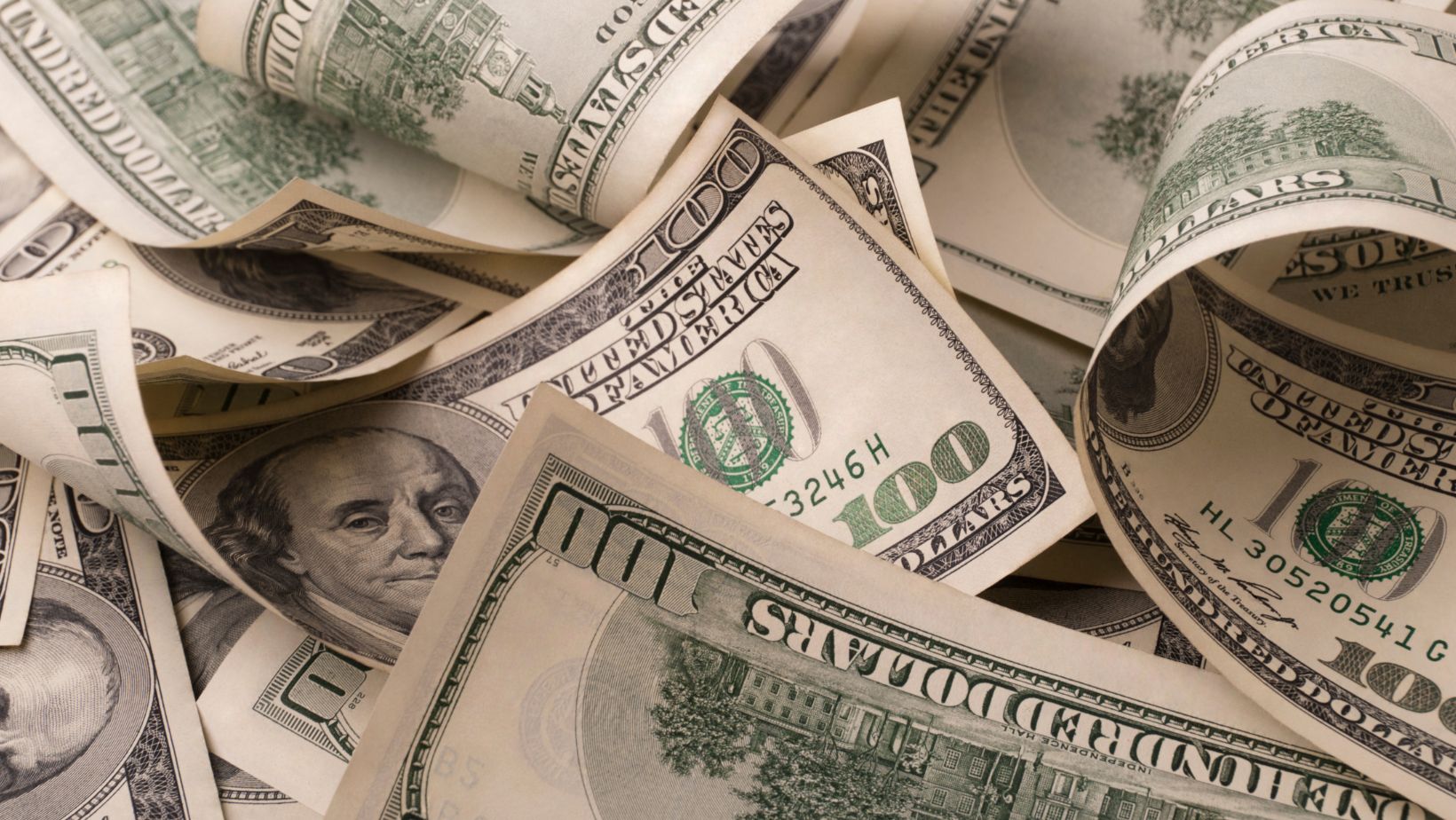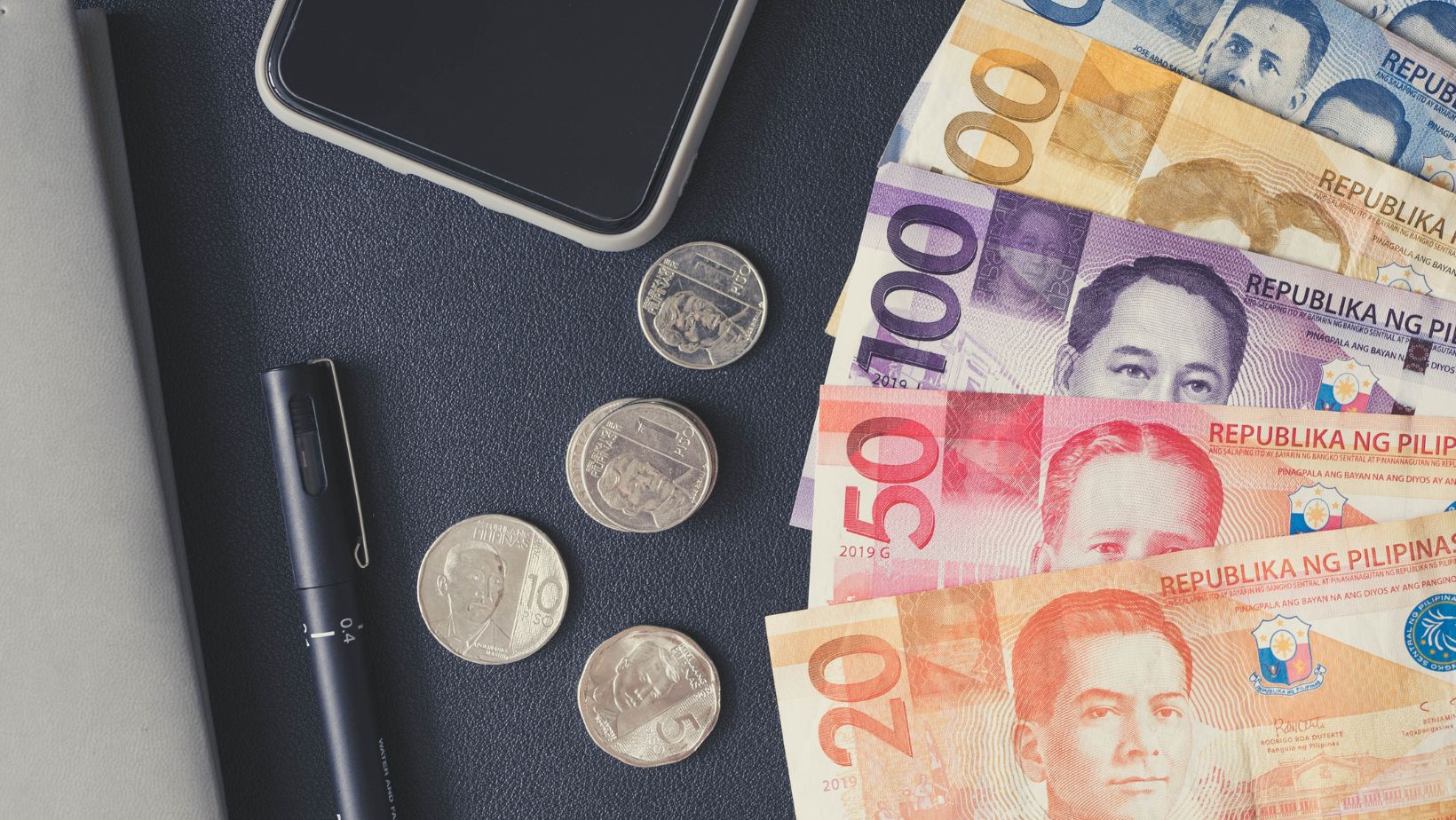Shiba Inu is one of the weightiest cryptos these days, enjoying the fifth place among the largest cryptos out there. What started as a meme coin expanded into a full-fledged ecosystem with numerous use cases and potential to hedge inflation. With a circulating supply of 590TN, the project’s market cap stands at $8.99BN at press time. Thanks to SHIB’s rising prominence, crypto beginners and investors are exploring ways to profit from its massive popularity, such as investing and holding SHIB in the long term or staking it to receive SHIB or other tokens.
Before leaping and investing in SHIB, or any other crypto for that matter, one must gain sufficient and relevant knowledge about its workings. This article delves deep into Shiba Inu’s use cases, its tokenomics, and other important aspects, serving as a starting point to investing confidently. After doing your homework, the next step in your journey is to keep an eye on resources like the SHIB news today to stay ahead of any changing market dynamics. Ready?
Shiba in a Nutshell
Shiba Inu was created in August 2020 by an unidentified developer called “Ryoshi”, who named the project after the Japanese Shiba Inu dog breed. While this same breed also inspired Dogecoin—developed earlier by Jackson Palmer and Billy Markus—it’s important not to confuse the two. Despite sharing a mascot, Shiba Inu and Dogecoin are fundamentally different in purpose, design, and community, with their only real connection being the doggy theme. Right after Shiba’s launch, people began referring to Shiba Inu as the “Dogecoin killer” due to its ambition to rival the already-based meme coin, Dogecoin.
Like many of its rivals, SHIB is developed on the Ethereum blockchain, benefiting from its robust security features and smart contract functionality.
Almost 1 Quadrillion Coins Out
SHIB’s circulating supply is fixed at 589 trillion tokens, underscoring its high-volume tokenomics strategy. Approximately 1 quadrillion authorized coins were released, out of which around 40% of them were irrevocably “burned” in May 2021 by Vitalik Buterin, Ethereum co-creator, in an attempt to improve its scarcity and influence its market dynamics. Those tokens represented almost 50% of the entire supply and were effectively removed from circulation.
Vitalik Buterin donated over 50TN Shiba Inu, alongside 500 ETH, to India’s COVID-19 CryptoRelief initiative. He also donated SHIB to other charities, moves that led to a temporary crash in the asset’s price
Shiba Inu Use Cases
Unlike Dogecoin, whose initial and only purpose was to poke fun at Bitcoin, Shiba Inu has grown into a project with real worth. Shiba Inu serves multiple purposes within its ecosystem, including:
- Rewards and staking. Customers can stake SHIB on the designated exchange to win BONE tokens and make passive income. Staking refers to locking owned crypto tokens in a supported wallet or platform to help keep the network running smoothly. The gains often come in the form of more SHIB or other tokens drawn from the transaction fees the platform collects. Additionally, staking grants them the power to vote on critical proposals, determining the project’s direction and expansion.
- ShibaSwap. ShibaSwap is Shiba Inu’s decentralized exchange, built on Ethereum for seamless token staking, swapping, and liquidity. Released four years ago, this platform allows SHIB owners to trade the asset as well as other tokens. The exchange has all sorts of features, such as “Bury” (staking) and “Dig” (liquidity farming). These allow users to make the most of their crypto gains in a safe and seamless manner.

- Liquidity and trading. Investors can trade SHIB on decentralized exchanges such as ShibaSwap, take advantage of liquidity, and swap or stake tokens, without the burdens usually found with centralized platforms.
- Utility. ShibaSwap’s utility makes Shib unique. Users can make their coins work instead of letting funds sit idle uselessly. Moreover, the project embodies the essence of decentralization, eliminating any intermediary that would otherwise consume money and time with no value.
- Governance. The BONE token – a critical component of the Shiba Inu realm – enables owners to vote on upcoming proposals based on the number of coins held.
- Decentralized Finance (DeFi). Lastly, Shiba Inu relies on the #1 smart contract and decentralized finance (DeFi) platform to develop DeFi products, including ShibaSwap.
These uses underscore the various applications of SHIB within its ecosystem, whether it’s art, governance, trading, or DeFi we talk about.
What to Do Before Investing
There are a few steps to keep in mind before making an investment. First, you should ensure you have a thorough understanding of the project you’re looking to invest in. Carry out research, assess market trends, and keep abreast of updated and changing market dynamics to make the best decisions.
Secondly, establish your investment horizon and evaluate whether investing in SHIB aligns with your long-term goals and investor type. Crypto is famous for its volatility, with prices able to spike or drop in a second without any notice.

Determine your tolerance for possible losses and risk appetite, for crypto doesn’t guarantee success. Lastly, consider diversifying your investment portfolio by adding other options, such as stocks, commodities, forex, etc. If you want to stick to crypto, spread your money across more crypto types. Bitcoin and Ethereum, the oldest and most stable cryptos, are good starting points.
What Sets SHIB Apart
Shiba Inu sets itself apart from opponents through a dynamic and highly dedicated community, referred to as the ‘ShibArmy.’ Its characteristic approach, which fuses an ever-rising system of DeFi with meme culture, differentiates it from numerous traditional projects. Thanks to its mix of utility tokens, NFT integration, and a decentralized trading platform, Shiba Inu isn’t just another meme coin—it’s a serious contender in the crypto world.
The Shiba Inu ecosystem consists of three ERC-20 tokens, all developed on Ethereum: Shiba Inu (SHIB), Bone (BONE), and Leash Dogecoin Killer (LEASH). The former is the ecosystem’s flagship crypto, and the other two are alternatives that can be staked or distributed as rewards.
Conclusion
Shiba Inu, also known as the “Dogecoin Killer,” has strong fundamentals that are likely to secure its spot among the most worthwhile cryptos. If you want to invest in SHIB or any other crypto, do it carefully and safely!
